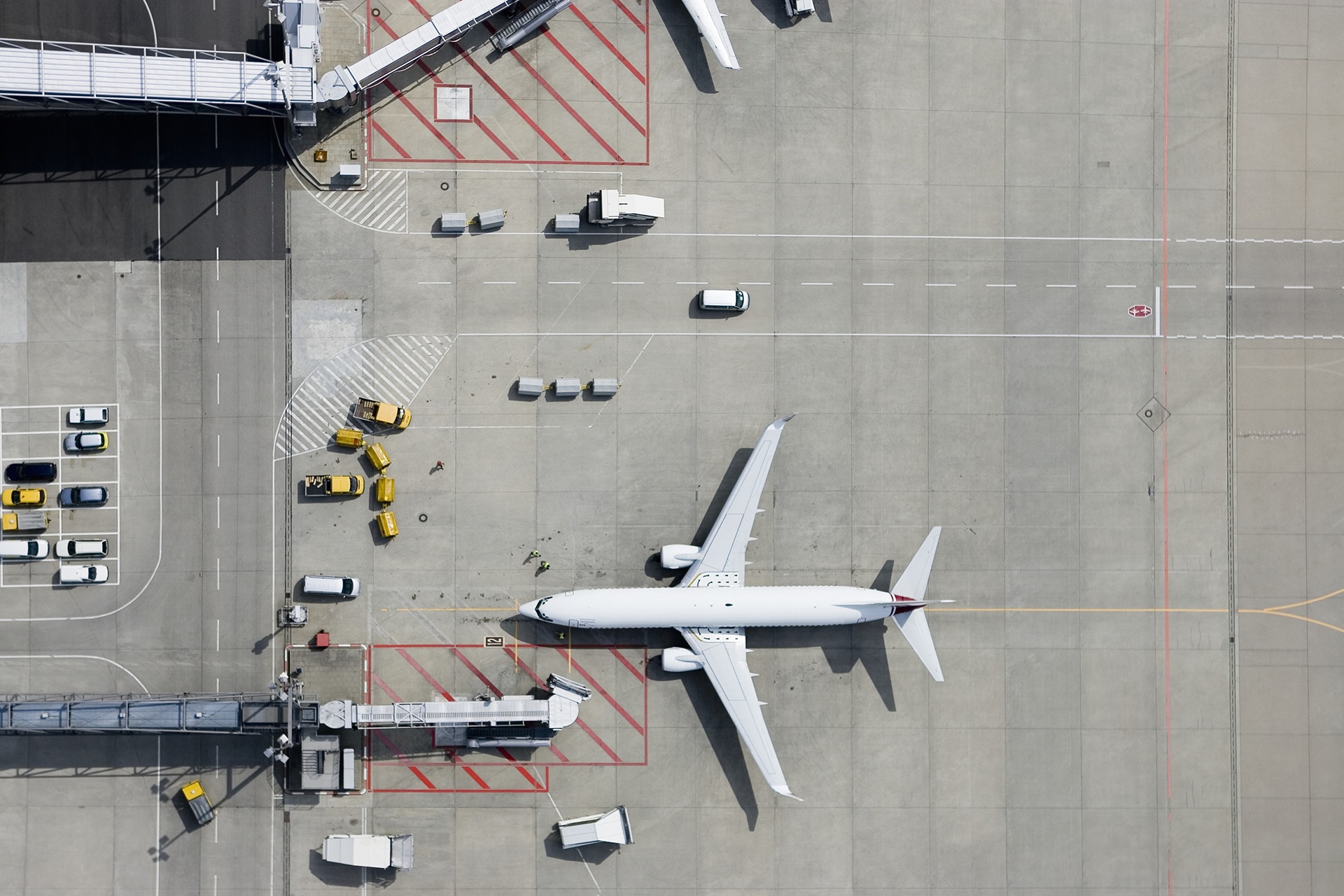America’s largest airlines are expecting a strong 2023 with or without the help of the Chinese market, as executives cater to surging global travel demand while cautiously resuming flights into China after three years of zero-COVID policy.
«We’re not going to get ahead of ourselves in terms of capacity to China. We’re going to be very mindful to see how demand warrants and how this opens up», said Delta Airlines CEO Ed Bastian on an earnings call earlier this month. «But that’s the big question mark I think, in terms of international demand for 2023 that we don’t know yet».
Travelers in China were eager to fly after Beijing announced the end to most of the country’s international flight restrictions and quarantine measures in December. According to data from ForwardKeys, outbound flight bookings from China increased 192% the week following Beijing’s announcement compared to the year before, though remaining significantly lower than pre-pandemic levels.
But for the major U.S. airlines, the question remains whether or not American travelers, especially the highly profitable corporate customers, will be as eager to return for the kind of costly long-haul flights between the U.S. and China.
Capacity for all flights in and out of China has more than doubled compared to this time last year, but is still 82% below pre-pandemic levels, according to aviation analytics firm Cirium.
«All of those airplanes [before COVID days] were three-cabin, premium-fare oriented flying. And if you don’t have those premium fares aboard, there’s a very different economic proposition than if you had what you had in the past,» said Robert Mann, a former American Airlines executive who now works as an industry consultant.
And while travel demand in the U.S. is returning to pre-pandemic levels, Mann said continued supply chain disruptions and staffing shortages will strain the equipment and labor supply for long-haul flights in particular.
«The industry is still risk averse, they’re still in recovery. They’re not interested in flying stuff [on speculation], especially when they have limited resources in terms of aircraft and crew members», he said.
For Delta and United, the Pacific remains the only region where revenues remain below pre-pandemic levels, down 35% for Delta and passenger revenue down 24% for United compared to the fourth quarter of 2019. And both companies’ capacity in the region remains about half of what it was before the pandemic.
For now, the industry is also making good money keeping up with the international demand that is already in place.
Each of America’s three major international carriers — American Airlines, Delta Airlines, and United Airlines — posted better than expected quarterly results to end 2022 with a bullish outlook toward 2023 despite increased costs and broader economic uncertainty.
All three carriers posted better than expected earnings-per-share figures and significant revenue increases from the same quarter in 2019. American Airlines reported record fourth-quarter revenue of $13.2 billion, up nearly 17% from the same time in 2019. Delta’s $12.3 billion in revenue was an increase of 17% from 2019, with United’s $12.4 billion revenue good for a jump of 14%.
For 2023, United is projecting to quadruple its profit, with Delta forecasting to double its profit.
For the time being with the staff and equipment constraints, the industry is focusing on international destinations, including those in the Asia region like Korea, where their networks have been completely restored.
And while airlines are exercising a wait-and-see approach with China, they may be even more sluggish about Japan.
«We think there’s going to be a significant bounce back in demand [in China] like we’ve seen in Korea and Australia and other places in the region. The only thing I think we’re watching more carefully is Japan,» said United Airlines Chief Commercial Officer Andrew Nocella.
Long-haul flights from Japan are still down 29% from pre-pandemic levels, compared to being down 14% for Korea and 9% for Singapore, according to Cirium.
Japanese travelers may be exercising more caution regarding international travel than other markets, but the dampened demand is also likely a result of diminished business travel, as evidenced by Delta announcing its plan to cut the nonstop Nagoya-Detroit route at the end of February.
«This was a key route because Toyota, as well as some of the other Japanese automobile makers, had a nonstop to Detroit, but also convenient connections from there to other U.S. cities where they had factories and other facilities,» said industry analyst Henry Harteveldt. «Clearly, they’re not seeing the return of enough businesspeople to make the route economically viable»…



